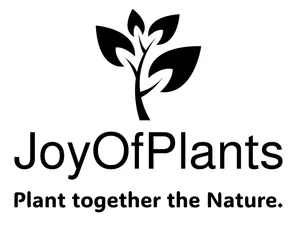
Short Highted Pomegranate Live Fruit Plant & Tree For Home G..More
₹499
₹998
₹1,798
72% OFFInclusive of all Taxes.
Free Delivery
View available offers
Quantity & Size
1
FREE SIZE
Product Description
🌳 Pomegranate Plant (Punica granatum)
The pomegranate is a deciduous shrub or small tree that belongs to the Lythraceae family. It is best known for its beautiful, leathery-skinned fruit filled with jewel-like, juicy seeds.
🌿 General Description:
Height & Spread: Typically grows 6 to 15 feet (2–4.5 meters) tall, but can reach up to 20 feet in ideal conditions.
Leaves: Glossy, narrow, lance-shaped leaves; bright green in color, turning yellow in autumn.
Branches: Often thorny, with a bushy appearance.
Flowers: Bright red-orange tubular flowers with crinkled petals, blooming in late spring to early summer. Some varieties may have white or pinkish flowers.
Fruit: Round, about the size of an apple (2.5 to 5 inches), with a tough, reddish skin. Inside are hundreds of juicy seeds (arils) enclosed in a white, spongy membrane.
🌞 Growing Conditions:
Sunlight: Full sun is ideal for fruit production.
Soil: Prefers well-drained soil; drought-tolerant once established.
Climate: Thrives in hot, dry climates; best in USDA zones 7 to 10.
Water: Needs regular watering during fruiting season, but does not tolerate waterlogging.
🍎 Fruit Uses:
Pomegranate seeds are rich in antioxidants, vitamin C, and fiber, and are eaten fresh, juiced, or used in cooking and garnishes. The rind and bark have traditional medicinal uses as well.
The pomegranate is a deciduous shrub or small tree that belongs to the Lythraceae family. It is best known for its beautiful, leathery-skinned fruit filled with jewel-like, juicy seeds.
🌿 General Description:
Height & Spread: Typically grows 6 to 15 feet (2–4.5 meters) tall, but can reach up to 20 feet in ideal conditions.
Leaves: Glossy, narrow, lance-shaped leaves; bright green in color, turning yellow in autumn.
Branches: Often thorny, with a bushy appearance.
Flowers: Bright red-orange tubular flowers with crinkled petals, blooming in late spring to early summer. Some varieties may have white or pinkish flowers.
Fruit: Round, about the size of an apple (2.5 to 5 inches), with a tough, reddish skin. Inside are hundreds of juicy seeds (arils) enclosed in a white, spongy membrane.
🌞 Growing Conditions:
Sunlight: Full sun is ideal for fruit production.
Soil: Prefers well-drained soil; drought-tolerant once established.
Climate: Thrives in hot, dry climates; best in USDA zones 7 to 10.
Water: Needs regular watering during fruiting season, but does not tolerate waterlogging.
🍎 Fruit Uses:
Pomegranate seeds are rich in antioxidants, vitamin C, and fiber, and are eaten fresh, juiced, or used in cooking and garnishes. The rind and bark have traditional medicinal uses as well.
Know more
Product Information
Brand
Joyofplants
Product Type
Live Fruit Plant
Life Cycle
Annual
Suitable Location
Outdoor
Hybrid
Yes
Country_of_Origin
India
Know more
